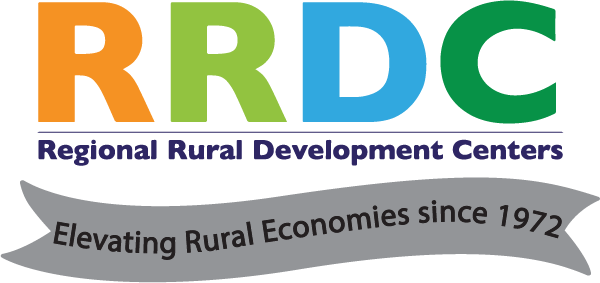Understanding and Improving Food and Nutrition Security
The RRDCs are recognized for their high-impact research and outreach programming in local and regional food systems and food security. Recent efforts in this area include:
Supporting Rural Resilience through the Rural Grocery Specialist Certificate
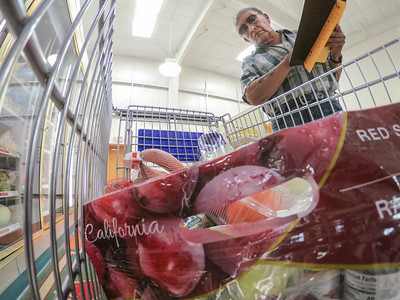
Independent businesses, particularly grocery stores, are critical for rural communities to flourish. However, many business owners across the country are nearing retirement. Proactively planning for business transition is crucial to keeping businesses operational, even after the owner moves on. Kansas State University’s Research and Extension program, Rural Grocery Initiative, received a grant from the RRDC in the North Central region to develop a Rural Grocery Transition Specialist program to train extension professionals, economic developers, and other rural stakeholders in business transition planning fundamentals so that they may promote long‐term economic resilience in their communities.
Food Security in the North Central Region
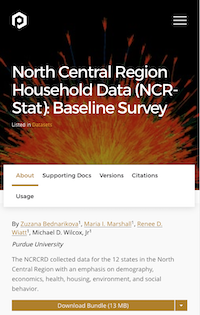
The RRDC in the North Central region released its first regional household dataset, NCR-Stat: Baseline Survey in November 2022. The NCR-Stat: Baseline Survey collected household data for the 12 states in the North Central Region (NCR) emphasizing demography, economics, health, housing, community development, environment, and social behavior. The primary purpose of this initial dataset is to get a better picture of the region and learn more about respective topics. The NCR-Stat: Baseline dataset includes a section related to community food security in the NCR and provides a starting point for following surveys on the topic. Learn more about food security in the North Central Region in this Stories Behind the Numbers data snapshot.
Understanding the COVID-19 Pandemic's Effects on the Food System and Food Security
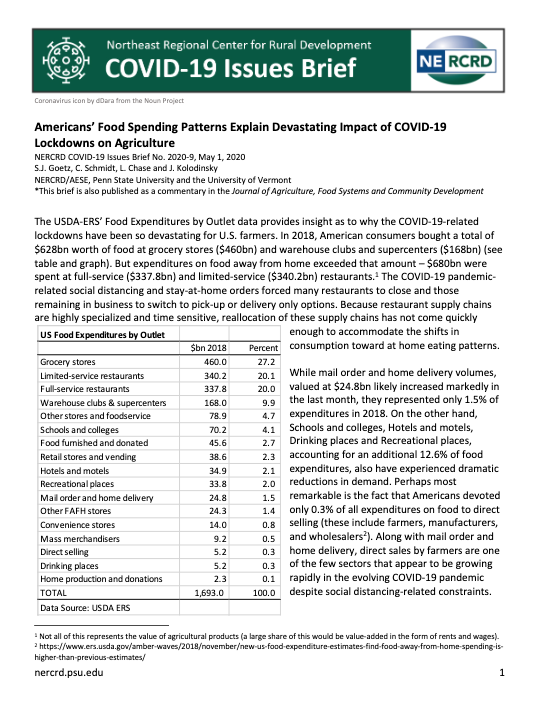
The RRDC in the Northeast (NERCRD) has a long-running research program focused on local and regional food systems and food security, most recently providing science-based insights and perspectives on the effect of the COVID-19 pandemic on the food system, focusing on direct farm sales, the fruit and vegetable industry, and consumer spending and sourcing. These findings were released in NERCRD’s COVID-19 Issues Briefs and Data Reports series, designed to provide information quickly and stimulate discussion. More recently, in collaboration with Penn State and USDA-ERS, NERCRD researchers used household scanner data to estimate the effect of COVID-19 on diet quality of minorities, measured by the Healthy Eating Index, and to compare impacts during the COVID-19 period to other periods. They are currently writing up results for publication.
Food Security Research in the Northeast
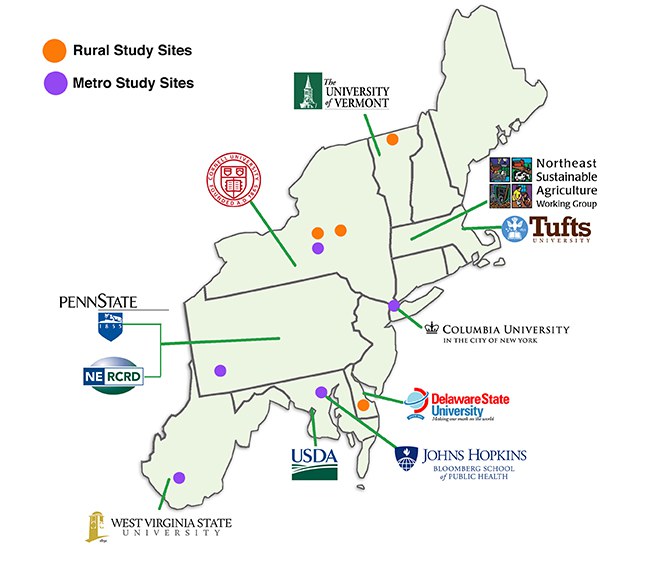
The RRDC in the Northeast (NERCRD) led a seven-year NIFA-funded research project, Enhancing Food Security in the Northeast (2011-2018), which made significant gains in understanding the extent to which the region can increase the production of certain foods, and potentially better meet the food needs of low-income populations in the locations studied.
In a separate effort, NERCRD researchers examined the role of community food services such as food banks and pantries in reducing food insufficiency during the COVID-19 pandemic in the US. The findings, published in the Journal of Agricultural and Resource Economics and named “Outstanding Article of the Year” in 2022, confirm the timely contribution of community food services in alleviating food insufficiency, and that their largest beneficial impact is on the entry-level middle-income households who need emergent food assistance. These results reveal that a small increase in additional support to CFS organizations would have helped hundreds of thousands of individuals deal with hunger issues during the pandemic.
